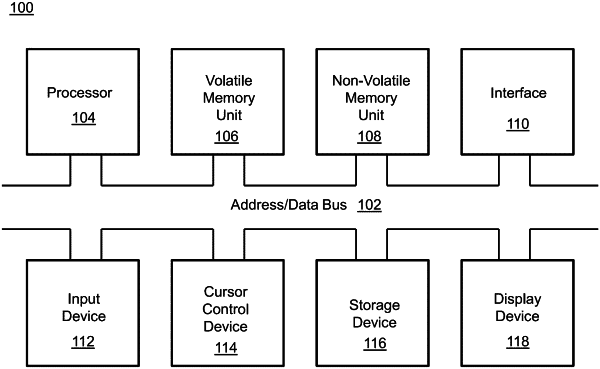| CPC G06V 10/98 (2022.01) [G06F 17/11 (2013.01)] | 15 Claims |

|
1. A system for adapting to perception errors in object detection and recognition, the system comprising:
one or more processors and a non-transitory computer-readable medium having executable instructions encoded thereon such that when executed, the one or more processors perform operations of:
receiving, with a perception module, perception data from an environment proximate a mobile platform, the perception data reflecting one or more objects in the environment;
generating a plurality of perception probes from the perception data, wherein the plurality of perception probes represent perception characteristics of one or more object detections in the set of perception data;
using the plurality of perception probes, generating a plurality of spatial logic-based constraints;
using the plurality of perception probes, generating a plurality of temporal logic-based constraints;
determining spatial perception parameters by solving an optimization problem using a set of the plurality of spatial logic-based constraints;
determining temporal perception parameters by solving an optimization problem using a set of the plurality of temporal logic-based constraints;
combining the spatial perception parameters and the temporal perception parameters to estimate a final perception parameter;
adjusting the perception module based on the final perception parameter;
producing instantaneous detection outputs; and
producing temporal tracking outputs based on a probabilistic boundary for discerning between a valid sequence of object detections and an erroneous sequence of object detections.
|